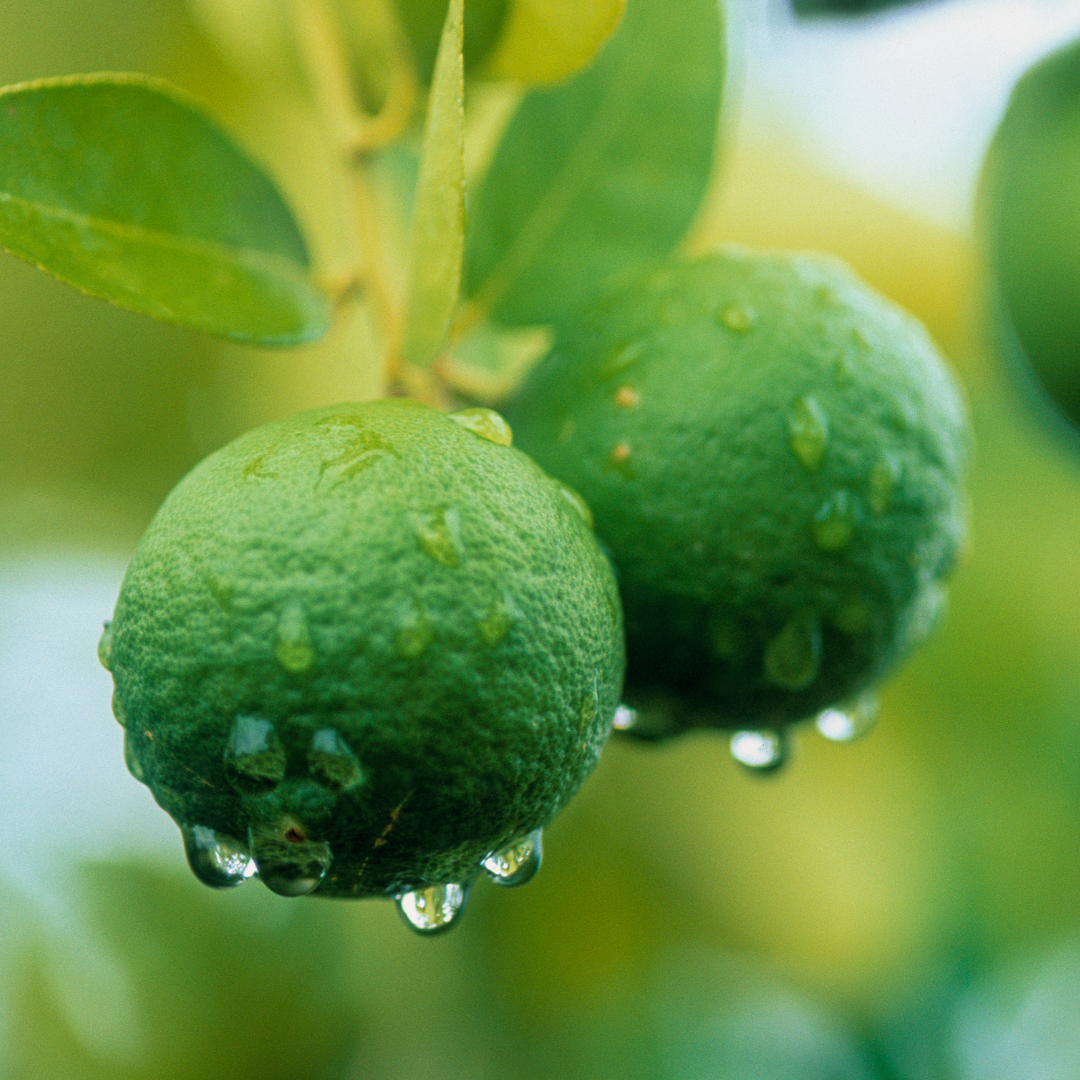Citrus Tree: Key Lime
The Key lime tree is a small tree prized for its tangy and aromatic citrus fruits. Native to Southeast Asia, particularly the Indo-Malayan region, it found its way to the Florida Keys, where it gained its name.
This tree typically reaches heights of 6 to 13 feet, with spreading branches and glossy, dark green leaves that emit a refreshing citrus scent when crushed. It produces small, round to oval-shaped fruits, about 1 to 2 inches in diameter, with thin, smooth, and yellowish-green skin that turns yellow when fully ripe.
Key limes are renowned for their distinctive flavor, which is more tart and aromatic compared to regular Persian limes. The flesh is juicy and acidic, with a unique blend of sweetness and sourness, making it a beloved ingredient in various culinary applications, especially in desserts like Key lime pie and beverages like the famous Key lime margarita.
Aside from its culinary uses, the Key lime tree adds ornamental value to gardens and landscapes with its lush foliage and occasional clusters of fragrant white flowers that bloom in spring and summer, attracting bees and butterflies.
Cultivating Key lime trees requires warm climates with well-drained soil and plenty of sunlight. They are sensitive to cold temperatures and thrive in subtropical or tropical regions, although they can be grown in containers indoors in colder climates.
Overall, the Key lime tree is cherished not only for its delicious and versatile fruits but also for its aesthetic appeal, making it a popular choice for both home gardens and commercial orchards.


